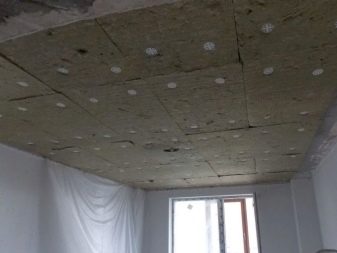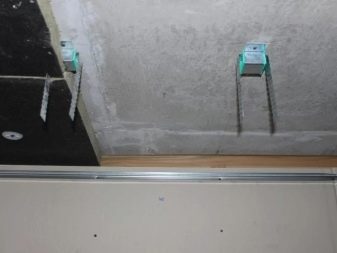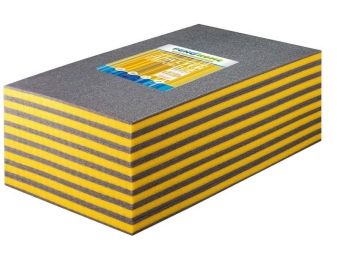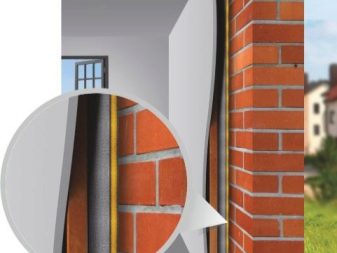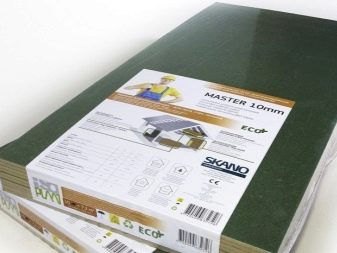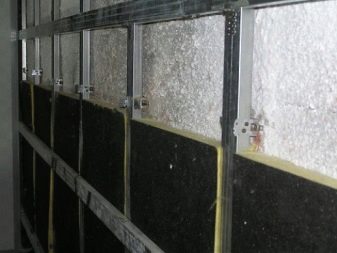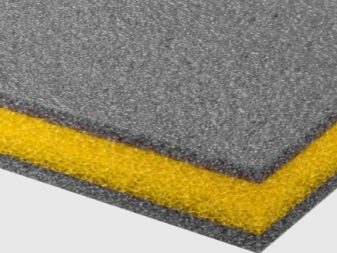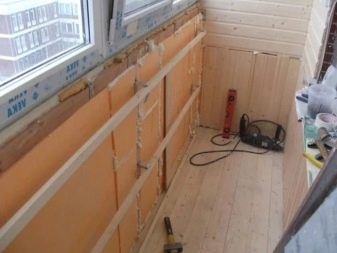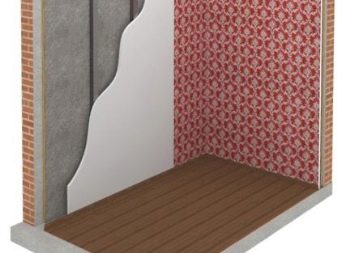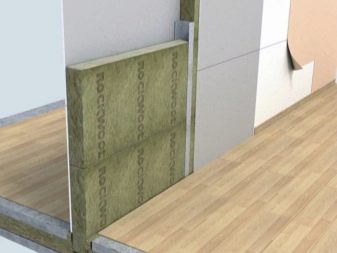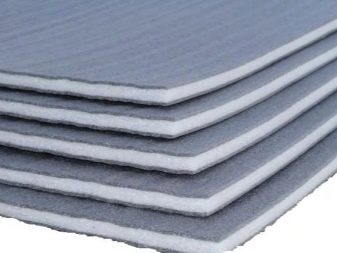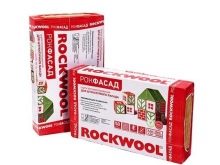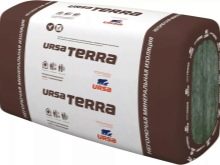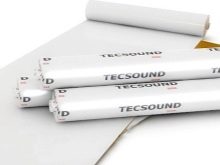Euroblocks for sound insulation of walls: the nuances of application
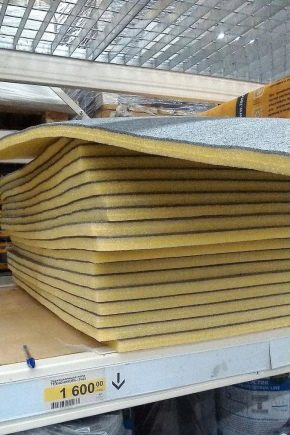
During the construction of an object, the question of sound insulation arises, which can be solved in different ways. For example, there is an option to use the so-called euroblocks. Many modern manufacturers actively offer this type of product.
Special features
Euroblock is a layered material. The layers of this product consist of polyethylene foam, which is of different density. Due to this, increased noise insulation is provided, and external sounds will no longer interfere with your quiet life.
We should also mention that PenoHOME blocks are not only designed to solve the problem with external noise, but are also excellent as a material for thermal insulation.The main feature of this product is that when using these units during construction work several problems can be easily solved at the same time.
Euroblock is a versatile material that is perfect not only for walls and partitions, but also for the attic. In addition, the material is environmentally friendly and has a long service life.
Modern manufacturers claim that such units will last about twenty years.
Specifications
Soundproofing of the living room is important. For this reason, you should definitely take into account all the characteristics of the blocks to know exactly which one is suitable for your particular case.
As a rule, the minimum thickness of the blocks is 20 mm, and the maximum - 50-60 mm. Even with a minimum thickness of such a unit is able to create a noise-insulating effect and get rid of extraneous external noise.
The sizes of the blocks are very different: 20x600x1000 mm, 30x600x1000 mm, 50x600x1000 mm. But they all differ only in thickness, and the width and depth of the material, as a rule, standard - 600x1000 mm. For this reason, this material is universal for installation.
Euroblocks with a minimum thickness are perfect for the repair of premises such as a balcony or loggia. For insulation and sound insulation of walls it is best to choose a material with a thickness of 30 mm, and blocks with a thickness of 40-50 mm are suitable for attic and ceilings.
Advantages and disadvantages
Undoubtedly, this material has enough advantages. Separately, it is worth noting its thermal insulation quality. If you use these blocks during construction, you can easily solve the problem with sound, hydro and thermal insulation: insulate the ceiling and walls so that the house will be warm and cozy in any weather.
If we talk about the cons, then sometimes comes across poor-quality material from an untested manufacturerwhich cannot cope with the task and such problem as thermal insulation and a noise isolation will not be solved. Therefore, we recommend listening to customer reviews and taking into account the opinions of those who have already successfully completed repairs using Euroblocks.
Installation
Installing Euroblocks does not require any special skills. If you know some nuances, methods of installation, then it is quite possible to cope with it yourself. Before you start installing the units, you should carefully prepare the surface: it must be completely dry and clean.In addition, you need to take care to make a crate to which the blocks will be mounted.
The material should be mounted to the surface with the side where the reflective insulation is. The blocks do not require any special or additional fixing. The main thing is that the installation should be made joint to joint, otherwise the ideal soundproofing effect will not be achieved.
After it is recommended to glue all seams with construction tape, so that it will be possible to enhance the effect of noise insulation.
On the installation of Euroblock for sound insulation in more detail, see the following video.
Useful recommendations
Before you give preference to one or another product, you should consider the positive reviews of modern consumers. Best of all, in fact, showed materials from Rockwool, Tecsound, Ursa. Remember: choosing high-quality material, you will provide yourself with life for many years in comfortable conditions.
